We’ve all enjoyed the sweet, juicy taste of fresh strawberries, but have you ever wondered what those tiny white dots on the surface are? Many people mistake them for seeds, but they’re actually a completely different part of the fruit. In this article, we’ll take a closer look at those white dots and uncover the truth behind the misnomer of the strawberry.
The Origin of the Name “Strawberry”
First, let’s delve into the history of the name “strawberry”. Some theories suggest that the name comes from the practice of placing straw around the plants to protect the fruit from the soil. Others believe it’s because the ripe berries look like they’re studded with bits of straw. But regardless of its origin, the name is a bit of a misnomer.
Misnomer means a wrong or inaccurate name or designation. But why the name “strawberry” is a misnomer? Because strawberries aren’t really berries at all. In botany, a berry is a fleshy fruit that is produced from a single flower and contains one ovary. But strawberry doesn’t contain only one ovary. It contains many. Therefore, strawberry is not a true berry.
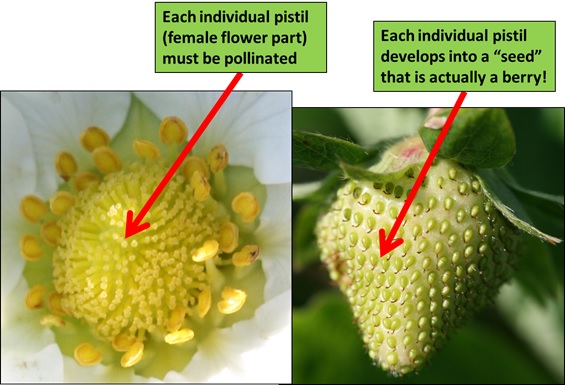
What are Strawberries?
Strawberries are a type of fruit called “aggregate fruits”. This means that they are made up of many smaller fruits that are fused together. Each small fruit has its own ovary, which develops into an achene. The achenes are then held in place by the fleshy part of the fruit, which is what we eat.
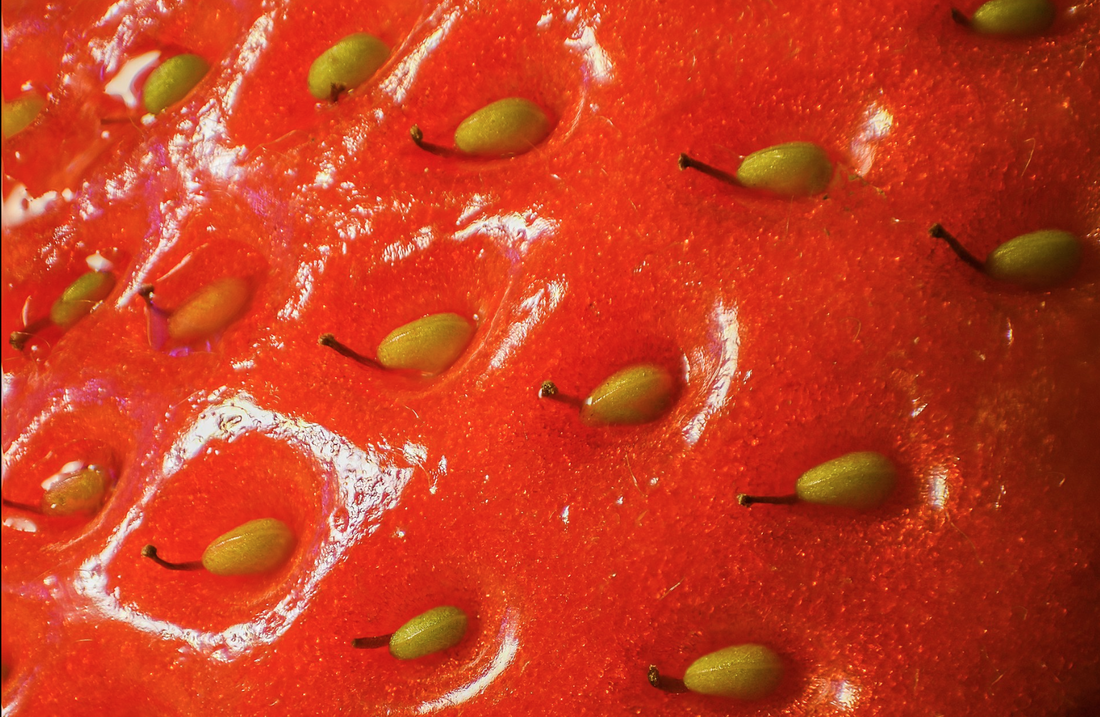
An achene is a small, dry one-seeded fruit that does not open to release the seed. Thus, a single strawberry is actually a fusion of lots of simple fruit with single seed.
What are the White Dots on Strawberries
The white dots that appear on strawberries are actually called achenes. Achenes are small, seed-like structures that are found on the surface of an aggregate fruit. They’re a part of the strawberry’s reproductive system. While they may look like seeds, they are not actually the same thing. Achenes are basically fruits but they’re not fleshy. It doesn’t contain pericarp (exocarp, mesocarp and endocarp). All it contains is the seed which was basically the ovule before pollination. So, achenes are actually the fruit’s ovaries which contain the seeds. Each achene contains a tiny seed inside, which can grow into a new plant.

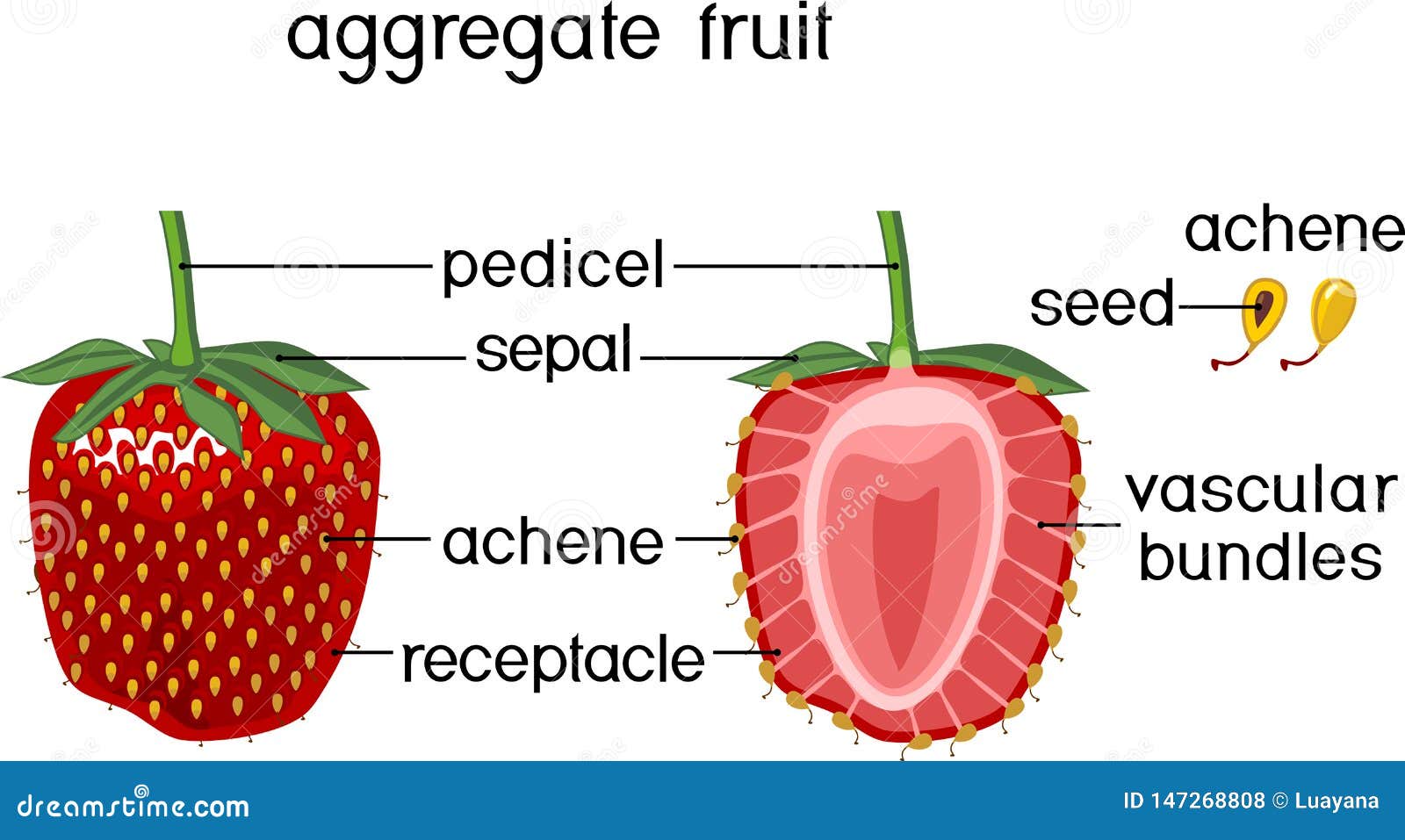
Common Misconceptions
There are a few common misconceptions about the white dots on strawberries, so let’s clear them up:
- The white dots are not mold or fungus. They’re a natural part of the fruit and are completely safe to eat.
- Removing the white dots won’t affect the taste of the strawberry. In fact, they’re actually a good source of dietary fiber.
- The white dots are not the same as the seeds inside the achene. While the seeds are edible, they’re quite small and crunchy, so most people just eat the flesh of the fruit.
FAQs
1. Can you plant the achenes from strawberries?
– Yes, you can plant the achenes from strawberries. However, keep in mind that not all achenes will germinate and grow into plants. Also, the resulting plants may not produce fruit that is identical to the parent plant. Most of the strawberrry plants aren’t grown from achenes. They are grown from “runners” of stolon.
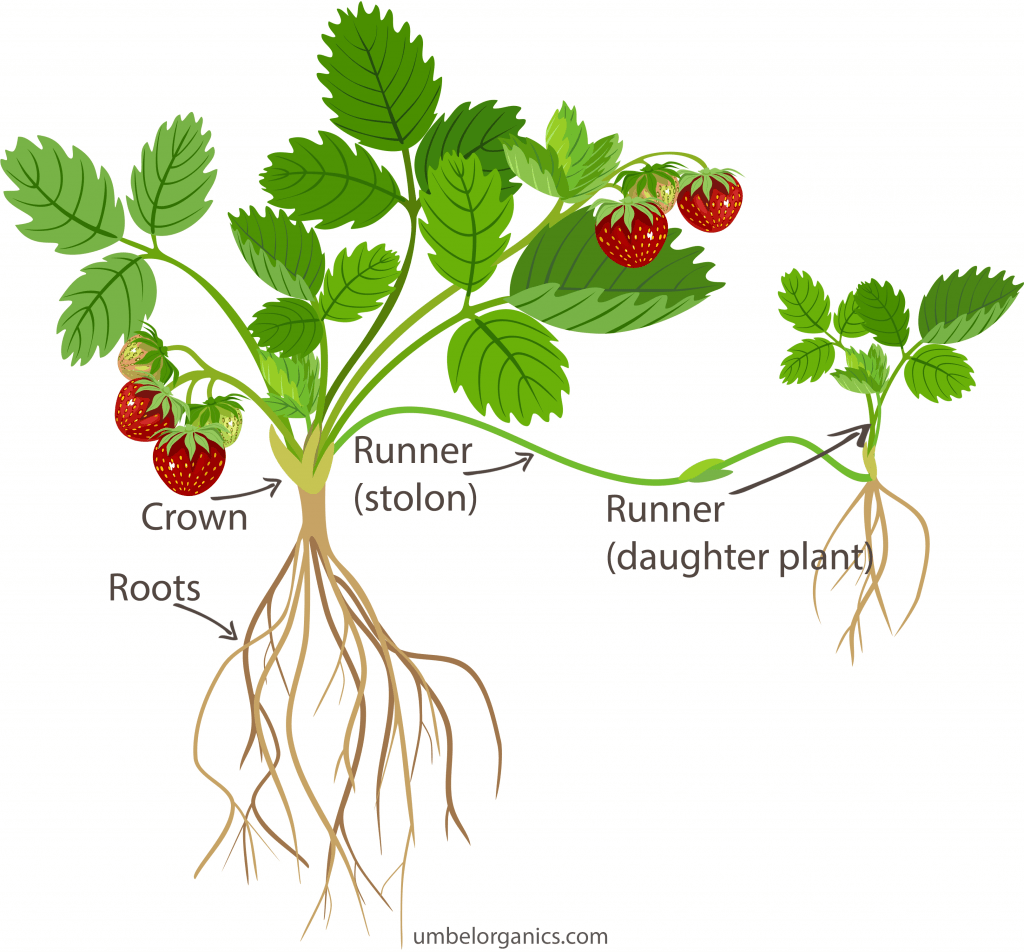
2. Do all strawberries have achenes?
– Yes, all strawberries have achenes. However, some varieties may have larger or smaller achenes than others. This is purely a matter of genetics and does not affect the taste or nutritional value of the fruit.
3. Are the white dots on strawberries a sign of over-ripeness?
– No, the white dots on strawberries are not a sign of over-ripeness. Achenes are present on strawberries from the time they start to grow until they are fully ripe. The only difference is that as the fruit ripens, the achenes may become more visible.
4. Are the white dots on strawberries harmful?
– Contrary to popular belief, the white dots on strawberries are not harmful. In fact, they are perfectly safe to eat. Achenes are simply a natural part of the fruit and do not contain any harmful substances. They are also rich in nutrients such as fiber and vitamins.
So the next time you bite into a juicy strawberry and notice those little white dots, remember that they’re not seeds, but a part of the fruit’s reproductive system. And while the name “strawberry” may be a misnomer, there’s no denying that this delicious fruit is a favorite among many.
 Plantlet The Blogging Platform of Department of Botany, University of Dhaka
Plantlet The Blogging Platform of Department of Botany, University of Dhaka
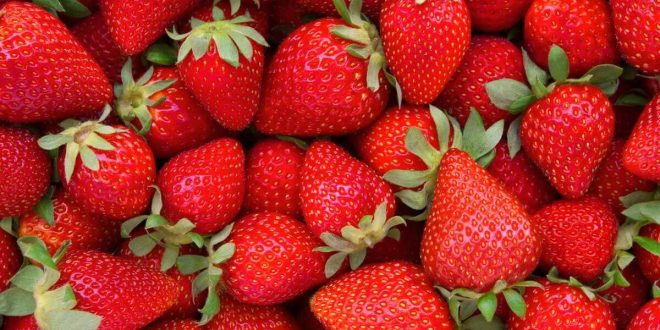



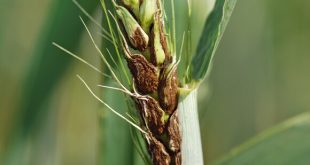
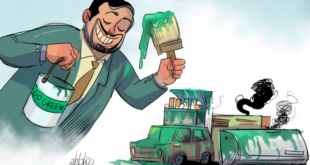
What i do not understood is in truth how you are not actually a lot more smartly-liked than you may be now. You are very intelligent. You realize therefore significantly in the case of this topic, produced me individually imagine it from numerous numerous angles. Its like men and women don’t seem to be fascinated until it is one thing to do with Woman gaga! Your own stuffs nice. All the time care for it up!
Thank you so much for your Valuable comment. We wish to hear from you again.
part of the article says achenes are seeds, and later says they’re not…Make up your mind!
I do agree with all the ideas you have introduced on your post They are very convincing and will definitely work Still the posts are very short for newbies May just you please prolong them a little from subsequent time Thank you for the post
Give a round of applause in the comments to show your appreciation!
of course like your website but you have to check the spelling on several of your posts A number of them are rife with spelling issues and I in finding it very troublesome to inform the reality on the other hand I will certainly come back again.
Your writing has a way of resonating with me on a deep level. I appreciate the honesty and authenticity you bring to every post. Thank you for sharing your journey with us.
I sincerely admired what you’ve produced here. The sketch is elegant, your written content chic, yet you appear to have developed some anxiety regarding what you aim to offer thereafter. Certainly, I shall return more frequently, just as I have been doing almost constantly, should you uphold this incline.
I’ve been visiting this site for years, and it never fails to impress me with its fresh perspectives and wealth of knowledge. The attention to detail and commitment to quality is evident. This is a true asset for anyone seeking to learn and grow.
Fantastic read! I was especially impressed by the depth provided on the topic, offering a perspective I hadn’t considered. Your insight adds significant value to the conversation. For future articles, it would be fascinating to explore more to dive deeper into this subject. Could you also clarify more about the topic? It caught my interest, and I’d love to understand more about it. Keep up the excellent work!
Fantastic read! I was especially impressed by the depth provided on the topic, offering a perspective I hadn’t considered. Your insight adds significant value to the conversation. For future articles, it would be fascinating to explore more to dive deeper into this subject. Could you also clarify more about the topic? It caught my interest, and I’d love to understand more about it. Keep up the excellent work!
Fantastic read! I was especially impressed by the depth provided on the topic, offering a perspective I hadn’t considered. Your insight adds significant value to the conversation. For future articles, it would be fascinating to explore more to dive deeper into this subject. Could you also clarify more about the topic? It caught my interest, and I’d love to understand more about it. Keep up the excellent work!
Fantastic read! I was especially impressed by the depth provided on the topic, offering a perspective I hadn’t considered. Your insight adds significant value to the conversation. For future articles, it would be fascinating to explore more to dive deeper into this subject. Could you also clarify more about the topic? It caught my interest, and I’d love to understand more about it. Keep up the excellent work!
This website is an absolute gem! The content is incredibly well-researched, engaging, and valuable. I particularly enjoyed the [specific section] which provided unique insights I haven’t found elsewhere. Keep up the amazing work!
Fantastic site Lots of helpful information here I am sending it to some friends ans additionally sharing in delicious And of course thanks for your effort